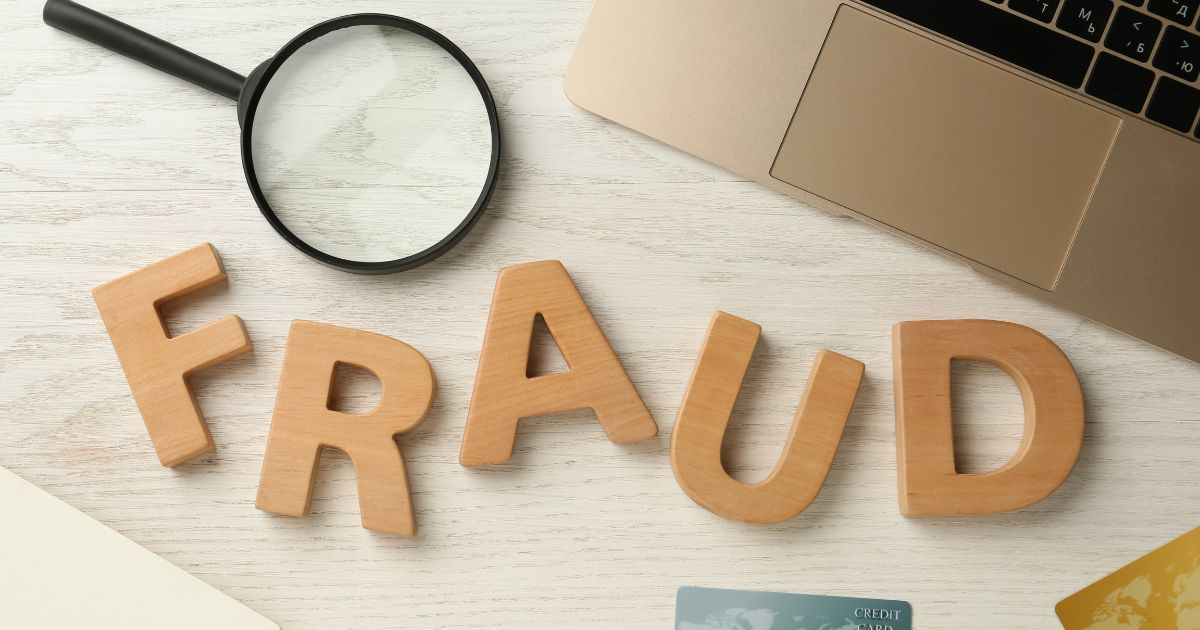· Loan Scam Awareness · 3 min read
Loan Apps Were Banned — But How Did the Scam Survive?
Even though Google banned 200+ fraudulent loan apps in 2024, many of them returned under new names with the same shady tricks. Learn how these scams survive, the red flags to watch out for, and how to borrow safely.
.C6i6qVJe.jpg)
Not too long ago, headlines gave people a sigh of relief: “Google ne 200 loan apps ban kar diye !” Borrowers thought, “Wah bhai, scam khatam! Ab toh safe hai, ab koi fraud nahi karega.”
But here’s the uncomfortable truth: the scam never really died.
In 2024, while Google did remove more than 200+ fraudulent loan apps from its platform, many of them quietly returned under new names. The features stayed the same, the tricks remained identical — only the branding changed. And unsuspecting borrowers once again fell into the same trap.
The Disguise of Fraud Loan Apps
So how exactly do these scams stay alive?
Rebranding: An app banned under one name quickly reappears with a new logo and slightly modified interface.
Same Features, Same Trap: The “instant loan” offer, the hidden charges, and the aggressive recovery methods remain unchanged.
Targeting Desperation: They count on people who urgently need money and won’t question how the app got back online.
This cycle proves one thing: banning apps alone doesn’t kill the scam. Awareness does.
Spotting the Red Flags
To protect yourself, you need to spot the signals of fraud before you download or apply. Here are some common red flags:
Loan Without Documents = Red Flag
A genuine lender will always ask for proper KYC and documentation. If an app promises quick money with no paperwork, it’s a scam.“Free Loan” Promises
Let’s be honest: Free Loan = Fraud Loan. No financial institution gives money for free.Unnecessary Permissions
Does the app ask for access to your contacts, photos, or location? That’s not needed for loan processing. Refuse these permissions.Fake Urgency Offers
“Sirf 24 hours ke liye special offer hai!” This is a classic scam trick to make you act fast without thinking.No RBI Registration
Before taking a loan, always check if the company is linked with an RBI-approved NBFC. Reviews on trusted platforms can also reveal a lot.
Why Borrowers Still Fall for It
Despite repeated warnings, people still get caught. Why? Because scams thrive on urgency.
When you’re in financial stress, it’s tempting to grab the first loan option available. Fraud apps exploit that desperation by making the process look fast, simple, and risk-free.
But the price you pay later — in the form of harassment calls, blackmail, or mounting interest — is far higher than the money you receive.
How to Stay Safe
📌 The golden rule is simple: Research before you borrow.
Verify RBI registration of the lender.
Read reviews online.
Double-check permissions before installing any app.
Never fall for “too good to be true” offers.
Remember: Naam badalte hain, scam nahi.
Conclusion
Banning apps is only part of the solution. Scammers will always find ways to return under new names. What truly protects you is awareness and caution.
Next time you see a loan app that promises instant cash without documents, pause. Ask yourself — would a real bank ever do this?
Because at the end of the day, loan lene se pehle research karna hi asli samajhdaari hai.



